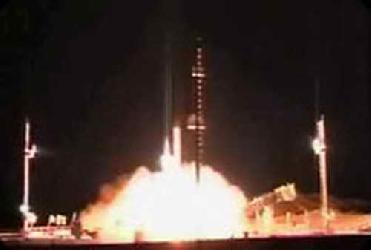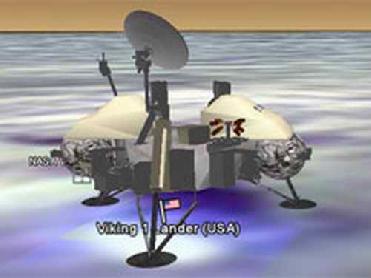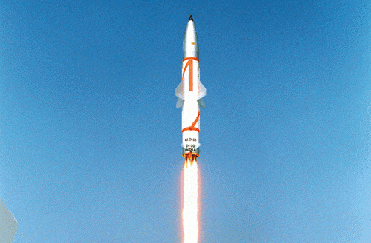
File photo of launch of Iran's homemade satellite carrier Safir 1. Coustesy Press TV
TEHRAN (BNS): For the first time, Iran independently placed a domestic research satellite Omid (meaning 'Hope' in Persian) into orbit ushering a new dawn in its space programme. This coincides with the 30th anniversary of the 1979 Islamic Revolution.
Congratulating the scientists on the successful launch of Omid, Iranian President Mahmoud Ahmadinejad said that this was a major step toward... justice and peace. This marks Iran's presence in space, the president said.
Press TV quoted that Omid was put into orbit by the Iranian-produced satellite carrier Safir 2 early on Tuesday. Safir 2 is an upgraded model of carrier Safir 1, the TV reported.
Giving details about the satellite, Press TV reported that equipped with two frequency bands and eight antennae, Omid will transmit information to and from Earth while orbiting the planet 15 times an hour.
The lightweight telecommunications satellite is equipped with remote sensing, satellite telemetry and geographic information system technology, as well as remote and ground station data processing, the TV reported.
Officials at the Iranian Aerospace Organisation have announced that they plan to launch another satellite into orbit this summer.
Meanwhile, Press TV quoted Iranian Aerospace Organisation Chief, Reza Taqipour, as saying that the country plans to put a series of satellites into orbit by 2010 that will improve national disaster management programmes and the country's telecommunications network.
Omid is the third Iranian-made satellite to be sent into space. Russia launched Iran's first satellite in 2005. Three years later, another satellite, which had been jointly designed by Iran, China and Thailand, was also sent into orbit. So far, only eight countries have launched domestically-made satellites into orbit, Press TV reported.
Among its other notable achievements is the semi-domestic research satellite Mesbah, ready for launch into outer space. It has been equipped with a store and forward communications receiver that gathers information from various parts of the planet and then forwards the transmission.
Iranian scientists have also finished designing a satellite called Besharat, which will be launched jointly with the members of the Organisation of Islamic Conference (OIC). Tehran also plans to send its first astronaut into space by 2021.
 Previous Article
Previous Article Next Article
Next Article












The Indian Air Force, in its flight trials evaluation report submitted before the Defence Ministry l..
view articleAn insight into the Medium Multi-Role Combat Aircraft competition...
view articleSky enthusiasts can now spot the International Space Station (ISS) commanded by Indian-American astr..
view article